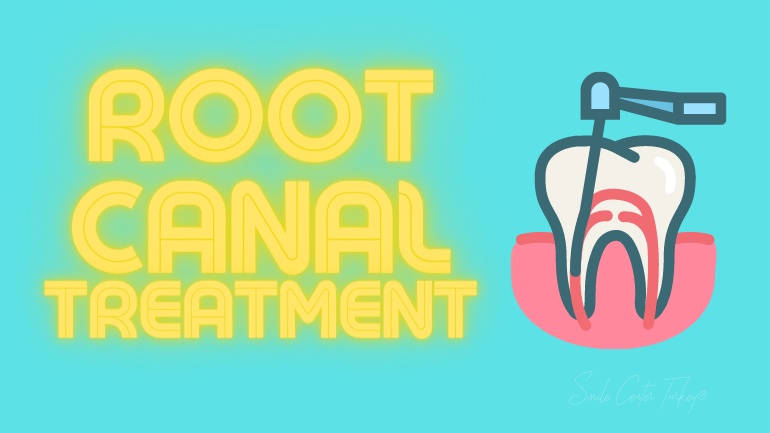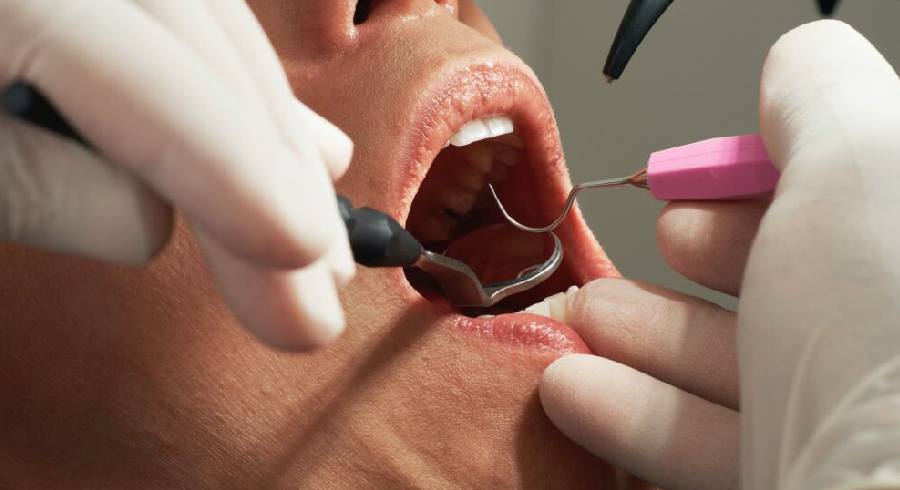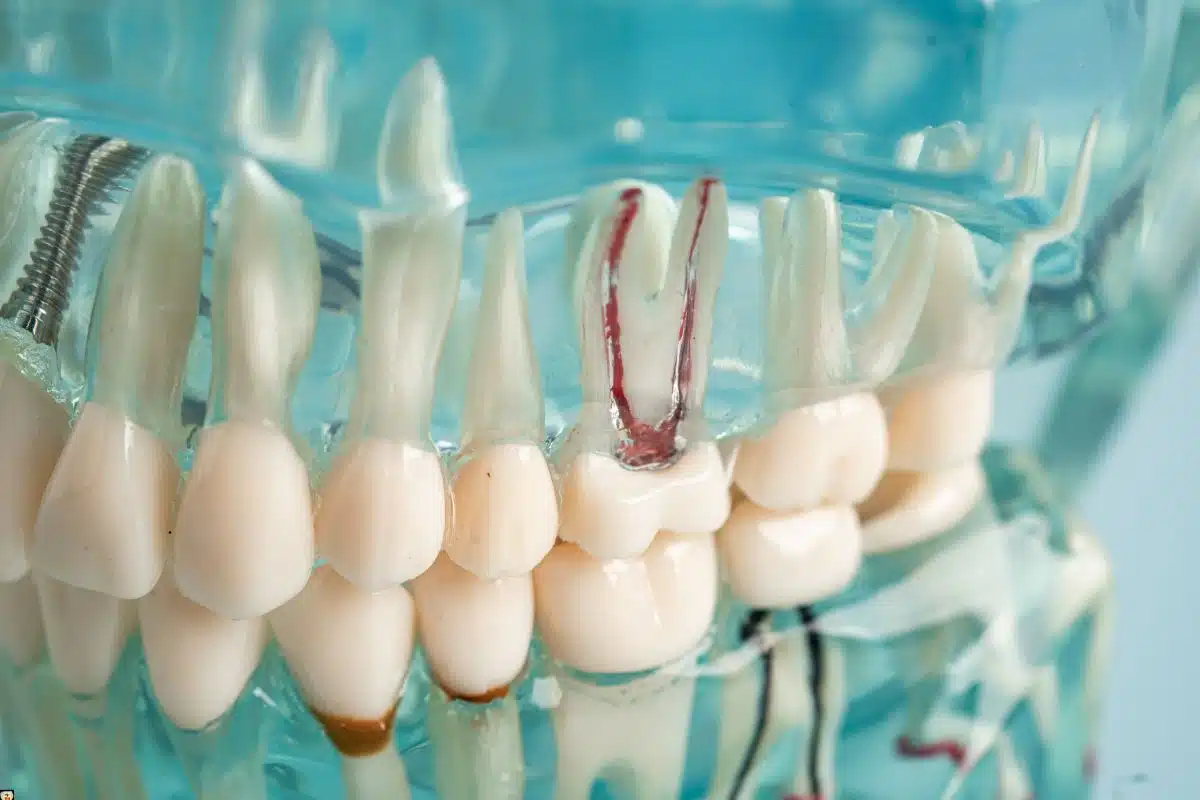
What are the Symptoms of Root canal failure?
Some of the most common symptoms of root canal failure are:
· Unbearable pain:
Discomfort after a root canal treatment is not an uncommon symptom. Typically, the pain would remain for a few days and slowly wears off; it is also often manageable using painkillers. Nevertheless, if the pain does not go after a week and grows stronger, that might indicate something is going wrong.
· Excessive swelling:
Swelling is another possible side effect of root canal treatment and should wear off in a few days after the operation. You can fasten the healing process by applying ice packs to the swollen area. Nevertheless, if the swelling does not go away after a few days and worsens, it might be time to visit your dentist - since it might show that the canal treatment failed.
· Bloody discharge:
The most significant sign of a failed canal treatment is the blood and puss-filled discharge from the treated area. It might show that a new dental abscess has formed, and immediate care is needed. Sometimes, dental abscesses might be painless; that is why you should always get the dental discharge evaluated by your dentist, whether there is pain or not.

Although these are the most common symptoms of root canal treatment failure, if you think something is wrong with the treated area, you should visit your dentist and have it checked.
What Causes Root Canal Failure?
There might be various reasons for root canal failure. The most prominent ones are a loose crown, tooth fracture, or new decay. Also, poor dental hygiene is another cause of root canal failure.
Sometimes, root canal treatment might fail due to the inadequate cleaning of the treatment area. If the patient had the treatment on a molar with multiple canals, the dentist might have difficulty cleaning them, leaving some infection in the tooth.
A new infection, loose crowns, broken fillings or a lack of hygiene might cause root canal failure. Plus, there might be tiny or curved canals that went unnoticed during the first operation. In such cases, the uncleaned canals might cause a new infection to build up. Nevertheless, the latest developments in dentistry allow dentists to save teeth even if the initial procedures fail and teeth become infected again. Therefore, if your root canal treatment goes wrong, you can visit your dentist to have a second operation.
How to Treat a Failed Root Canal?
If you think you have detected a failed canal treatment, you should contact Smile Center and ask for an appointment with your dentist. The specialist who carried out the initial operation will provide you with the best treatment options to save your oral health without extracting any teeth.
Your dentist will offer several options to treat a failed root canal; two of these options are:

· Root canal retreatment:
The first course of action your dentist will suggest is root canal retreatment, where they will disassemble the restorative materials in your tooth and examine the insides to detect the issue. Once they find out what is wrong with your tooth, they will treat it and rebuild the restoration. A root canal retreatment will usually preserve your teeth and return you to optimum dental health.
· Apicoectomy:
Apicoectomies are the easiest and fastest solutions to canal treatment failure. It is a minor surgical operation where the tip of the tooth root is removed and replaced with a filling. Your dentist will suggest this option if the root end or surrounding tissue is infected.
If you are concerned that a failed canal treatment will cause you to lose your teeth, you need not worry. At Smile Center, we have the best specialists and dentists who will do their best to ensure your satisfaction. As long as the problem is detected early, our dentists will save your teeth and restore your oral health.




